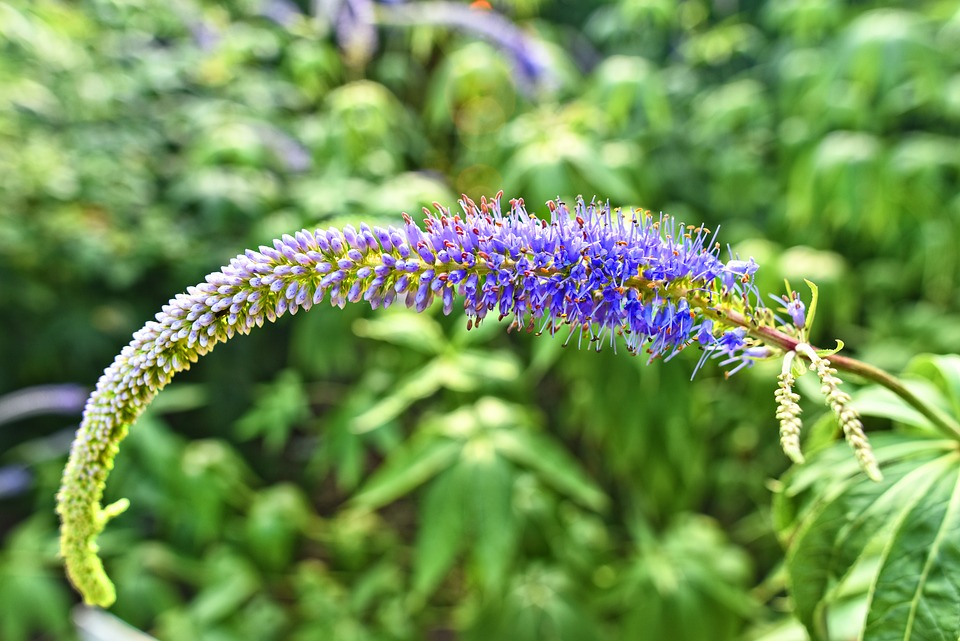Introduction
Welcome to the beginner’s guide to edible gardening! Growing your own food can be a rewarding and fulfilling experience. Not only does it provide you with fresh and healthy produce, but it also allows you to connect with nature and understand the importance of sustainable living. Whether you have a small backyard, a balcony, or even just a sunny window sill, this guide will help you get started on your journey towards growing your own food.
Choosing the Right Location
The first step in edible gardening is choosing the right location for your garden. Ideally, you want an area that receives at least 6-8 hours of direct sunlight each day. This can be a backyard, a raised bed, containers, or even a vertical garden. Ensure that the soil is well-draining and fertile, and if it’s not, consider amending it with compost or organic matter.
Selecting the Right Plants
When starting your edible garden, it’s important to choose plants that are suitable for your climate and region. Some easy-to-grow options for beginners include tomatoes, lettuce, herbs like basil and mint, and root vegetables like carrots and radishes. Consider the space available, your gardening goals, and the time you can commit to maintaining your garden when selecting your plants.
Preparing the Soil
Before planting, it’s crucial to prepare the soil properly. Clear any weeds and rocks from the area and loosen the soil using a garden fork or a tiller. Add compost or organic matter to improve soil fertility and structure. This will provide your plants with the necessary nutrients and ensure good drainage.
Planting and Watering
Follow the planting instructions specific to each plant variety. Some plants can be directly sown into the ground, while others may require starting indoors and later transplanting. Water your garden regularly but avoid overwatering, as it can lead to root rot. Always water the base of the plants and avoid wetting the leaves to prevent diseases.
Maintaining and Harvesting
Proper maintenance is essential for a successful edible garden. Be diligent with watering, weeding, and monitoring for pests or diseases. Provide support for climbing plants, prune when needed, and fertilize as necessary. Harvest your crops when they are ripe and enjoy the fruits of your labor!
FAQs
How much space do I need for an edible garden?
The space required for an edible garden depends on the plants you choose. You can start with as little as a few pots on a balcony or a small raised bed in your backyard. Consider the full-grown size of the plants and allow enough space for them to grow and spread.
Do I need to use chemical pesticides and fertilizers?
No, you don’t need to use chemical pesticides and fertilizers. There are many organic and natural methods available to control pests and enrich the soil. Use companion planting, organic insecticides, and homemade compost to create a sustainable and chemical-free garden.
How often should I water my edible garden?
The frequency of watering depends on several factors, such as the climate, weather, and soil type. In general, aim to keep the soil evenly moist but not waterlogged. Check the moisture level by sticking your finger about an inch into the soil. If it feels dry, it’s time to water.
Can I grow edible plants indoors?
Absolutely! Many edible plants can be grown indoors, especially herbs like basil, mint, and parsley. To grow indoors, ensure your plants receive sufficient light through a sunny window or use artificial grow lights. Consider using containers with good drainage and provide adequate water and nutrients.
How long does it take for plants to produce edible food?
The time it takes for plants to produce edible food varies depending on the plant type. Some plants, like lettuce and radishes, can be harvested within a month of planting. Others, like tomatoes and peppers, may take a few months before they bear fruit. Read the seed packets or plant labels for specific information about the maturity timeline for each plant.




